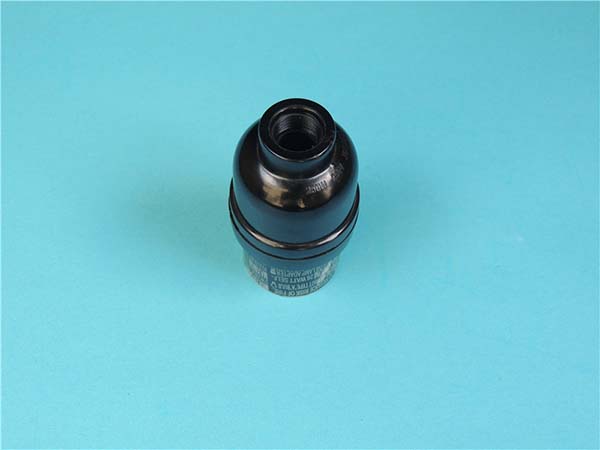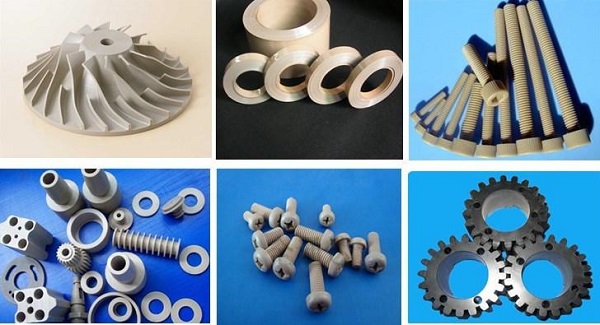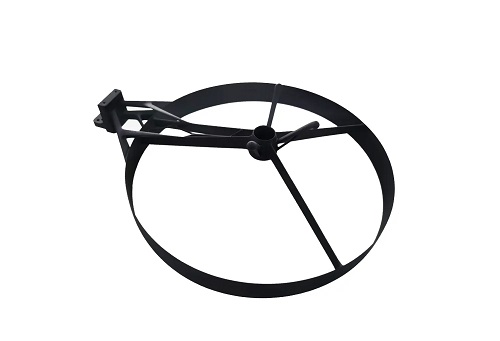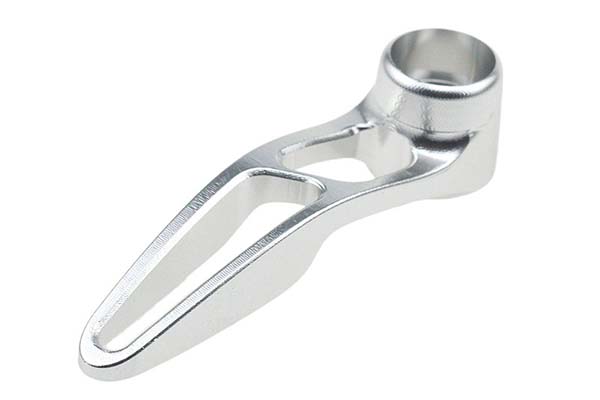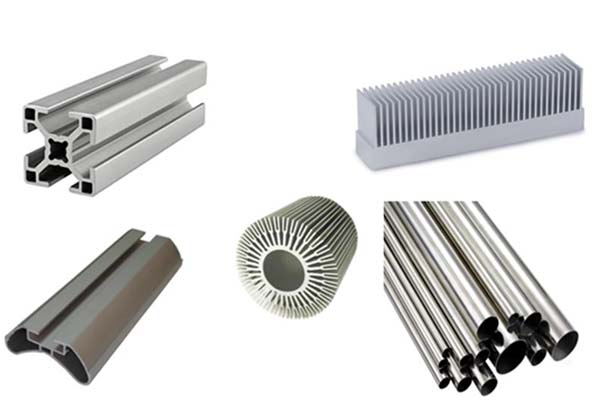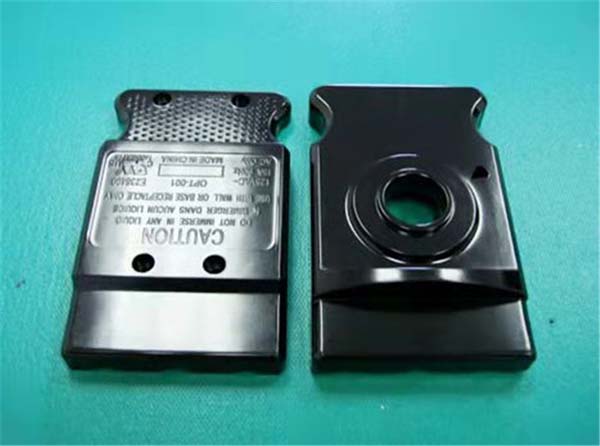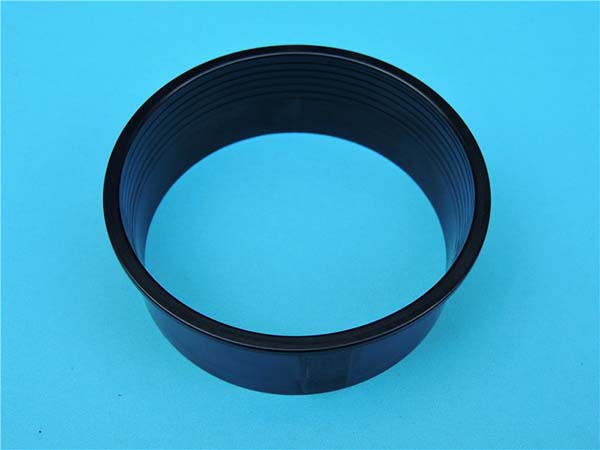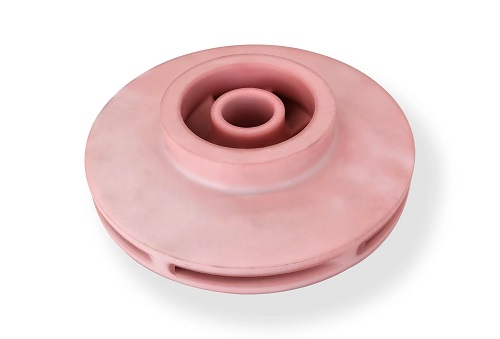What is Jetting 3D Printing?
Jetting 3D printing, also known as inkjet 3D printing, is a type of additive manufacturing technology. It creates three - dimensional objects by depositing layers of liquid materials, such as resins or waxes, through tiny nozzles. The basic principle is quite straightforward yet revolutionary.
1. Digital Model as the Blueprint
It all starts with a digital 3D model, which can be created using computer - aided design (CAD) software or obtained through 3D scanning. This digital model serves as the detailed instruction set for the 3D printer. For example, if you want to print a small figurine, you first design it in a CAD program, carefully defining every curve and feature. This digital file contains all the geometric information about the object, from its height, width, and depth to the most intricate details like the facial expressions of the figurine.
2. Material Jetting Process
Once the digital model is ready, the jetting 3D printer gets to work. The printer head, equipped with multiple nozzles, moves back and forth across the build platform. As it moves, it precisely jets out droplets of the liquid material. These droplets are deposited layer by layer, following the cross - sectional shape of the object at that particular height. For instance, in the case of printing a coffee cup, the first layer might form the circular base of the cup. The printer jets out the liquid material in a circular pattern, and as the layers stack up, the walls of the cup gradually take shape. Each layer is typically very thin, often in the range of 10 - 100 micrometers, which allows for high - resolution and detailed prints.
3. Curing and Solidification
After the liquid material is deposited, it needs to be cured or solidified to hold its shape. In many jetting 3D printing processes, especially when using photopolymers, a UV light source is used. As soon as the droplets of the photopolymer resin are deposited, the UV light immediately cures them, turning the liquid into a solid plastic - like material. This curing process is crucial as it ensures that each layer adheres firmly to the previous one, creating a strong and stable 3D object.
How Does Jetting 3D Printing Work?
Jetting 3D printing involves a multi - step process that combines digital technology and material deposition to create 3D objects.
- 3D Modeling: As mentioned before, the journey begins with creating a 3D model. Designers use CAD software to bring their ideas to life. For example, in the automotive industry, engineers might design a new prototype of a car part, like a custom - designed air intake manifold. They use advanced CAD features to optimize the shape for better airflow, considering factors such as the angle of the curves, the diameter of the channels, and the thickness of the walls. This digital model serves as the foundation for the entire 3D printing process.
- Slicing the Model: Once the 3D model is ready, it needs to be sliced into thin layers. Specialized slicing software takes the 3D model and divides it into hundreds or even thousands of horizontal cross - sections. Each layer represents a thin slice of the final object, and the slicing software calculates the exact shape and position of each layer. For instance, if you are printing a small statuette, the slicing software will break down the complex 3D shape into numerous flat layers, each with a thickness typically ranging from 0.01 to 0.1 millimeters. This sliced data is then converted into a format that the 3D printer can understand, usually a G - code.
- Printing Process: During the printing process, the jetting 3D printer gets to work. The printer has a print head equipped with tiny nozzles. These nozzles move precisely across the build platform according to the instructions from the sliced model. As they move, they jet out small droplets of the liquid material. For a material jetting printer using photopolymer resin, the droplets are deposited layer by layer. After each layer is deposited, a UV light source cures the resin, turning it from a liquid to a solid. This curing process ensures that each layer adheres firmly to the previous one. For example, in the case of printing a detailed jewelry piece, the printer will carefully deposit the resin droplets to form the intricate patterns and shapes of the jewelry, layer by layer, and cure each layer with UV light.
- Post - Processing: After the printing is complete, the 3D printed object often requires post - processing. This can include several steps. One common step is removing any support structures that were printed to hold up overhanging parts during the printing process. For example, if the 3D printed object has a large, curved overhang, support structures were likely printed underneath it. These supports can be removed by hand, using tools like pliers or a sharp knife, or in some cases, they can be dissolved if they are made of a soluble material. Another post - processing step might be sanding or polishing the surface of the object to improve its smoothness. For a 3D printed plastic part that needs a high - quality finish, sanding with fine - grit sandpaper followed by polishing can give it a professional - looking surface. Additionally, the object might be painted or coated for aesthetic or functional reasons.
Main Technologies in Jetting 3D Printing
Jetting 3D printing encompasses several key technologies, each with its own unique characteristics and applications.
Material Jetting
Material jetting is a technology where multiple nozzles precisely jet out tiny droplets of liquid materials, such as resins, waxes, or even metal - filled slurries. These droplets are deposited layer by layer onto the build platform. Once deposited, the liquid material is quickly cured, usually by exposure to ultraviolet (UV) light in the case of photopolymers, or through a chemical reaction. This results in the solidification of each layer, and as the layers stack up, a three - dimensional object is formed.
Applications:
- Jewelry Manufacturing: Material jetting is highly favored in the jewelry industry. It allows for the creation of intricate and detailed jewelry pieces with high precision. For example, a jeweler can design a complex ring with delicate filigree patterns. Using material jetting, the 3D printer can accurately deposit the resin in the shape of the design, layer by layer. After curing, the resin model can be used as a master pattern for casting precious metals like gold or silver.
- Small Precision Parts: In the production of small precision parts for electronics or medical devices, material jetting offers excellent resolution. For instance, micro - gears or tiny connectors can be printed with tight tolerances, ensuring a perfect fit within the final product. These parts often require high - detail features, and material jetting can meet these requirements by depositing the material with sub - millimeter accuracy.
Binder Jetting
Binder jetting is a different approach within jetting 3D printing. Instead of directly jetting the final material, it jets a liquid binder onto a bed of powder materials, which can be metal, ceramic, or sand. The binder acts as a glue, bonding the powder particles together in the desired shape. Once a layer is printed, a new layer of powder is spread over the previous one, and the process repeats. After the entire object is printed in this "green" state (a semi - finished product with the binder holding the powder together), it often undergoes post - processing steps such as sintering (heating the object to a high temperature to fuse the powder particles more firmly) for metal or ceramic parts, or simply curing for some materials like sand - based molds.
Applications:
- Automotive Industry: In the automotive sector, binder jetting can be used to manufacture large and complex parts, such as engine blocks or transmission housings. For example, an automotive manufacturer can use binder jetting to create a prototype of a new engine block design. The ability to print complex internal geometries allows for better fluid flow and heat dissipation within the engine, potentially improving its performance.
- Aerospace Industry: In aerospace, this technology is used for producing lightweight yet strong components. For instance, titanium alloy parts for aircraft structures can be printed using binder jetting. The complex lattice structures can be designed to reduce the weight of the part while maintaining its structural integrity, which is crucial for improving fuel efficiency and overall aircraft performance.
Yigu Technology's View
As a non - standard plastic and metal products custom supplier, Yigu Technology sees great potential in jetting 3D printing. This technology offers unprecedented design freedom, enabling us to create products with complex internal structures and highly customized features that were previously difficult or impossible to achieve with traditional manufacturing methods. For example, in the production of custom - designed plastic components for electronic devices, jetting 3D printing allows us to integrate multiple functions into a single part, reducing the number of components and assembly steps.
However, we also face some challenges. The cost of materials for jetting 3D printing can be relatively high, especially for high - performance materials. And the limited choice of printable materials restricts its application scope to some extent. To address these issues, we are constantly exploring new materials and optimizing printing processes to improve efficiency and reduce costs. We believe that with continuous innovation, jetting 3D printing will play an even more significant role in custom - made product manufacturing.
FAQ
What materials can be used in jetting 3D printing?
Jetting 3D printing supports a wide range of materials. Commonly used materials include plastics like photopolymers, which are popular due to their high - resolution printing capabilities and the ability to be quickly cured by UV light. For example, in the production of small, detailed plastic parts such as miniature figurines or jewelry prototypes, photopolymers can create intricate details with high precision.
Ceramic powders can also be used in binder jetting 3D printing. After the ceramic powder is bound together by a liquid binder, the green - state object can be sintered to achieve high - strength and heat - resistant ceramic products. This is useful for applications like creating ceramic art pieces or high - temperature - resistant components in the aerospace and automotive industries.
Metal powders, including stainless steel, titanium alloy, and aluminum alloy, are another category. Binder jetting technology can be used to print metal parts, which are then sintered to increase density and strength. These metal 3D - printed parts find applications in the aerospace, automotive, and medical industries, such as manufacturing lightweight yet strong aircraft components or customized medical implants.
The range of available materials for jetting 3D printing is constantly expanding. Researchers are developing new composite materials and modifying existing ones to improve properties like strength, flexibility, and conductivity, aiming to meet the diverse needs of different industries.
How accurate is jetting 3D printing?
The accuracy of jetting 3D printing can vary depending on several factors. Generally, material jetting can achieve an accuracy of around ±0.05 mm. This high level of precision is due to the fine control over the deposition of tiny droplets of material. For example, in the production of micro - electronic components where small features and tight tolerances are required, material jetting's accuracy can ensure that the printed components fit precisely into the overall circuit board.
Binder jetting, on the other hand, typically has an accuracy in the range of ±0.1 - 0.2 mm for most applications. The accuracy of binder jetting is affected by factors such as the particle size of the powder material, the precision of the binder deposition, and the sintering process. In the manufacturing of large - scale metal parts like engine blocks using binder jetting, an accuracy within this range is often sufficient to meet the functional requirements of the part.
In applications such as jewelry making, where intricate and detailed designs are crucial, the high accuracy of jetting 3D printing allows for the reproduction of fine details like delicate filigree patterns with great fidelity. In the automotive industry, when printing prototypes of engine components, the accuracy needs to be high enough to ensure proper fit and function during testing, even if the final production may involve additional machining processes.
